Filters: Tags: water resources (X)
2,557 results (56ms)|
Filters
Date Range
Extensions Types
Contacts
Categories
Tag Types
|
Ecological models facilitate the evaluation and assessment of alternative approaches to restore the Greater Everglades ecosystem. Joint Ecosystem Modeling (JEM) provides ecological models tailored to address specific management issues. The multi-agency REstoration, COordination and VERification (RECOVER) science team uses ecological models (i.e., ecological planning tools) to evaluate the potential effects of projects in the Comprehensive Everglades Restoration Plan (CERP) on natural resources. The planning agencies and bureaus involved in CERP desire to also use these ecological planning tools for the evaluation of alternative water control plans to be performed by the Lake Okeechobee System Operating Manual (LOSOM)...
Well-established conservation planning principles and techniques framed by geodesign were used to assess the restorability of areas that historically supported coastal wetlands along the U.S. shore of Saginaw Bay. The resulting analysis supported planning efforts to identify, prioritize, and track wetland restoration opportunity and investment in the region. To accomplish this, publicly available data, criteria derived from the regional managers and local stakeholders, and geospatial analysis were used to form an ecological model for spatial prioritization.
Ecological models facilitate evaluation and assessment of alternative plans for restoring the Greater Everglades ecosystem. Modeling outputs were used in evaluations of alternative water control plans to be performed by the Combined Operational Plan (COP). The models used were: (1) Cape Sable Seaside Sparrow Marl Prairie Indicator in conjunction with (2) Cape Sable Seaside Sparrow Helper, (3) Florida apple snail (native) population model (EverSnail), (4) Wader Distribution Evaluation Modeling (WADEM), (5) Small-sized freshwater fish density, and (6) Alligator production probability (i.e., habitat suitability index (HSI)). These ecological models are used to examine potential impacts on the above listed flora and...
This data release supersedes version 1, published in 2017 under https://doi.org/10.5066/F74M93HF. Please see Version_History_P9HG8UDS.txt below for more information. The San Clemente Dam, built in the 1920s on the Carmel River in Monterey County, California, was removed during 2014 and 2015. The dam-removal project was the largest in California to date, and one of the largest in the U.S. This USGS data release presents data collected before, during, and after the removal of the dam. The data were collected to study how the river channel's topographic profiles and sediment distributions changed in response to new sediment supply after dam removal and base-level changes in the former San Clemente reservoir sediment...
The U.S. Geological Survey (USGS) developed a systematic, quantitative approach to prioritize candidate basins that can support the assessment and forecasting objectives of the major USGS water science programs. Candidate basins were the level-4 hydrologic units (HUC4) with some of the smaller HUC4s being combined (hereafter referred to as modified HUC4 basins). Candidate basins for the contiguous United States (CONUS) were grouped into 18 hydrologic regions. Thirty-three geospatial variables representing land use, climate change, water use, water-balance components, streamflow alteration, fire risk, and ecosystem sensitivity were initially considered to assist in ranking candidate basins for study. The two highest...
Categories: Data;
Tags: Climatology,
Ecology,
Hydrology,
Integrated Water Science Basins,
Land Use Change,
These data include dissolved silicon concentration and yield from 60 rivers across North America, the Caribbean, and Antarctica from 1964-2021 and are associated with the publication “Long-term change in concentration and yield of riverine dissolved silicon from the poles to the tropics”. Data were compiled from multiple public sources including the Long-term Ecological Research Network, Great Arctic Rivers Observatory, Upper Mississippi River Restoration program, and the U.S. Geological Survey. Concentration and yield estimates were generated by the Weighted Regressions on Time, Discharge and Season model (WRTDS; Hirsch et al. 2010). The dataset includes six files: discrete dissolved silicon data and daily discharge...
Categories: Data;
Tags: Antarctica,
North America,
Puerto Rico,
USGS Science Data Catalog (SDC),
Water Resources,
Water availability for human and ecosystem needs is a function of both water quantity and water quality, as described in the U.S. Geological Survey (USGS) Water Science Strategy (Evenson and others, 2013). Recently, a quantitative approach to prioritize candidate watersheds for monitoring investment was developed to understand changes in water availability and advance the objectives of new USGS programs (Van Metre and others, 2020). In this study design, the contiguous United States (CONUS) was divided into 18 regions (referred to here as “hydrologic regions” or “HRs”) with relatively homogeneous hydrologic drivers and processes to represent the wide diversity in conditions that exist across the CONUS. The gap analysis...
Categories: Data;
Tags: Ecology,
Geochemistry,
Hydrology,
USGS Science Data Catalog (SDC),
United States,
The U.S. Geological Survey in cooperation with the Grand River Dam Authority completed a high-resolution multibeam bathymetric survey to compute a new capacity and surface-area table. The capacity and surface-area tables describe the relation between the elevation of the water surface and the volume of water that can be impounded at each given water-surface elevation. The capacity and surface area of Grand Lake O’ the Cherokees were computed from a Triangular Irregular Network (TIN) surface created in Global Mapper Version 21.0.1. The TIN surface was created from three datasets: (1) a multibeam bathymetric survey of Grand Lake O’ the Cherokees in 2019 (Hunter and others 2020), (2) a 2017 USGS bathymetric survey...
Categories: Data;
Types: Downloadable,
GeoTIFF,
Map Service,
OGC WFS Layer,
OGC WMS Layer,
OGC WMS Service,
Raster,
Shapefile;
Tags: Bathymetry,
Bathymetry and Elevation,
Bathymetry and Elevation,
Grand Lake O' the Cherokees,
Oklahoma,
This community serves to document data and analysis collected by researchers within the Upper Midwest Water Science Center whose mission is to collect high-quality hydrologic data and conduct unbiased, scientifically sound studies of water resources within the Great Lakes and Upper Mississippi Basins. We strive to meet the changing needs of those who use our information—from the distribution, availability, and quality of our water resources to topic-oriented research that addresses current hydrological issues.
These data were compiled for/to modeling efforts for U.S. Bureau of Reclamation National Environmental Policy Act (NEPA) analyses for the Colorado River in Grand Canyon, Arizona. Objective(s) of our study were to create revised monthly Lake Powell elevations and outflows from Bureau of Reclamation Colorado River Mid-term Modeling System (CRMMS) traces that incorporate the alternatives in the sEIS documents and indicate when potential actions may occur and how that changes water movement and storage. These data represent monthly hydrologies for Lake Powell: inflow, outflow, and elevation forecasts for 2024-2027, as well as volumes of water in outflows for different water mangement strategies in NEPA supplemental...
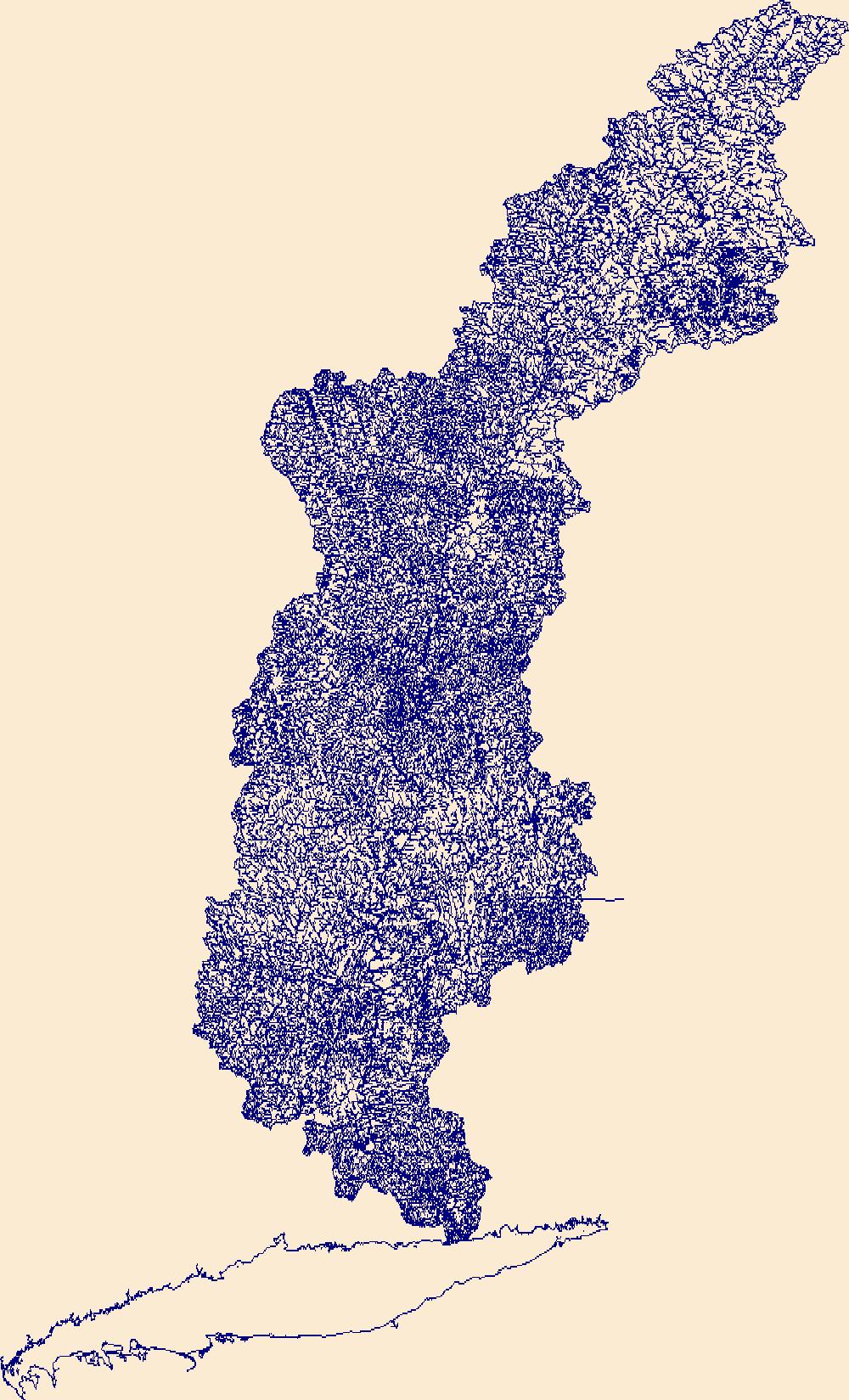
The High Resolution National Hydrography Dataset Plus (NHDPlus HR) is an integrated set of geospatial data layers, including the National Hydrography Dataset (NHD), National Watershed Boundary Dataset (WBD), and 3D Elevation Program Digital Elevation Model (3DEP DEM). The NHDPlus HR combines the NHD, 3DEP DEMs, and WBD to a data suite that includes the NHD stream network with linear referencing functionality, the WBD hydrologic units, elevation-derived catchment areas for each stream segment, "value added attributes" (VAAs), and other features that enhance hydrologic data analysis and routing.
Ground-based discrete snowpack measurements were collected during winter field campaigns starting in 2020. These data were collected as part of the U.S. Geological Survey (USGS) Next Generation Water Observing System (NGWOS) Upper Colorado River Basin project focusing on the relation between snow dynamics and water resources. This data release consists of three child items. Each child item contains snow depth, snow density, snow temperature, or snow water equivalent values measured discretely in the field. The data are provided in comma separated value (CSV) files.
Categories: Data;
Types: Downloadable,
Map Service,
OGC WFS Layer,
OGC WMS Layer,
Shapefile;
Tags: Colorado,
Colorado River,
Hydrology,
Integrated Water Science,
Rocky Mountains,
These data were compiled for Cabeza Prieta National Wildlife Refuge (CPNWR) in southern Arizona, to support managment efforts of water resources and wildlife conservation. Objective(s) of our study were to 1) measure water storage capacity at select stage heights in three tanks (also termed tinajas), 2) build a stage storage model to help CPNWR staff accurately estimate water volumes throughout the year, and 3) collect topographic data adjacent to the tanks as a means to help connect these survey data to past or future work. These data represent high-resolution (sub-meter) ground based lidar measurements used to meet these objectives and are provided as: processed lidar files (point clouds), rasters (digital elevation...
There is a need to understand how alteration of physical processes on the Rio Grande River have impacted aquatic biota and their habitats, and a need to predict potential future effects of climate change on biotic resources in order to prescribe research and management activities that will enhance conservation of aquatic species. We propose a project with the goal of developing monitoring recommendations and identifying research needs for aquatic ecological resources in the Big Bend region of the Rio Grande. This goal will be targeted by synthesizing and analyzing available data and literature for aquatic species in the project region. In particular, we will work to develop time series of abundance and population...
Airborne electromagnetic (AEM), magnetic, and radiometric data were acquired November 2018 to February 2019 along 16,816 line-kilometers (line-km) over the Mississippi Alluvial Plain (MAP). Data were acquired by CGG Canada Services, Ltd. with three different helicopter-borne sensors: the CGG Canada Services, Ltd. Resolve frequency-domain AEM instrument that is used to map subsurface geologic structure at depths up to 100 meters, depending on the subsurface resistivity; a Scintrex CS-3 cesium vapor magnetometer that detects changes in deep (hundreds of meters to kilometers) geologic structure based on variations in the magnetic properties of different formations; and a Radiation Solutions RS-500 spectrometer that...
Shallow soil characteristics were mapped near Shellmound, Mississippi, using the DualEM 421 electromagnetic sensor in October 2018. Data were acquired by towing the DualEM sensor on a wheeled cart behind an ATV, with the sensor at a height of 0.432 meters (m) above the ground surface. Approximately 175 line-kilometers of data were acquired over an area of nearly four square kilometers, with 25 m separation between survey lines. Data were manually edited for noise sources such as powerlines or other buried structures, and averaged to regular output soundings every 5 m along survey lines. This data release contains the processed data that have been averaged and culled to produce final resistivity models. Digital data...
Categories: Data;
Tags: GGGSC,
Geology, Geophysics, and Geochemistry Science Center,
Leflore County,
MRVA,
Mississippi,
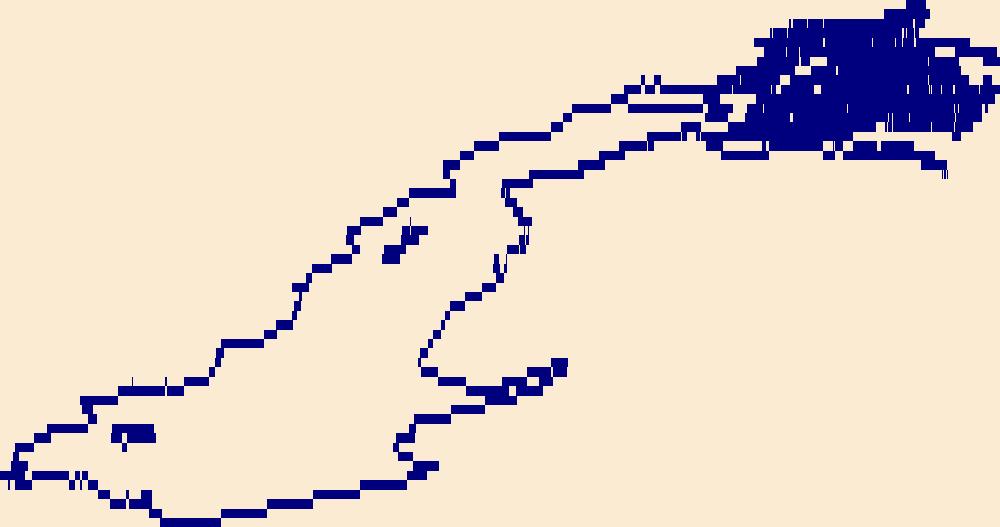
The High Resolution National Hydrography Dataset Plus (NHDPlus HR) is an integrated set of geospatial data layers, including the best available National Hydrography Dataset (NHD), the 10-meter 3D Elevation Program Digital Elevation Model (3DEP DEM), and the National Watershed Boundary Dataset (WBD). The NHDPlus HR combines the NHD, 3DEP DEMs, and WBD to create a stream network with linear referencing, feature naming, "value added attributes" (VAAs), elevation-derived catchments, and other features for hydrologic data analysis. The stream network with linear referencing is a system of data relationships applied to hydrographic systems so that one stream reach "flows" into another and "events" can be tied to and traced...
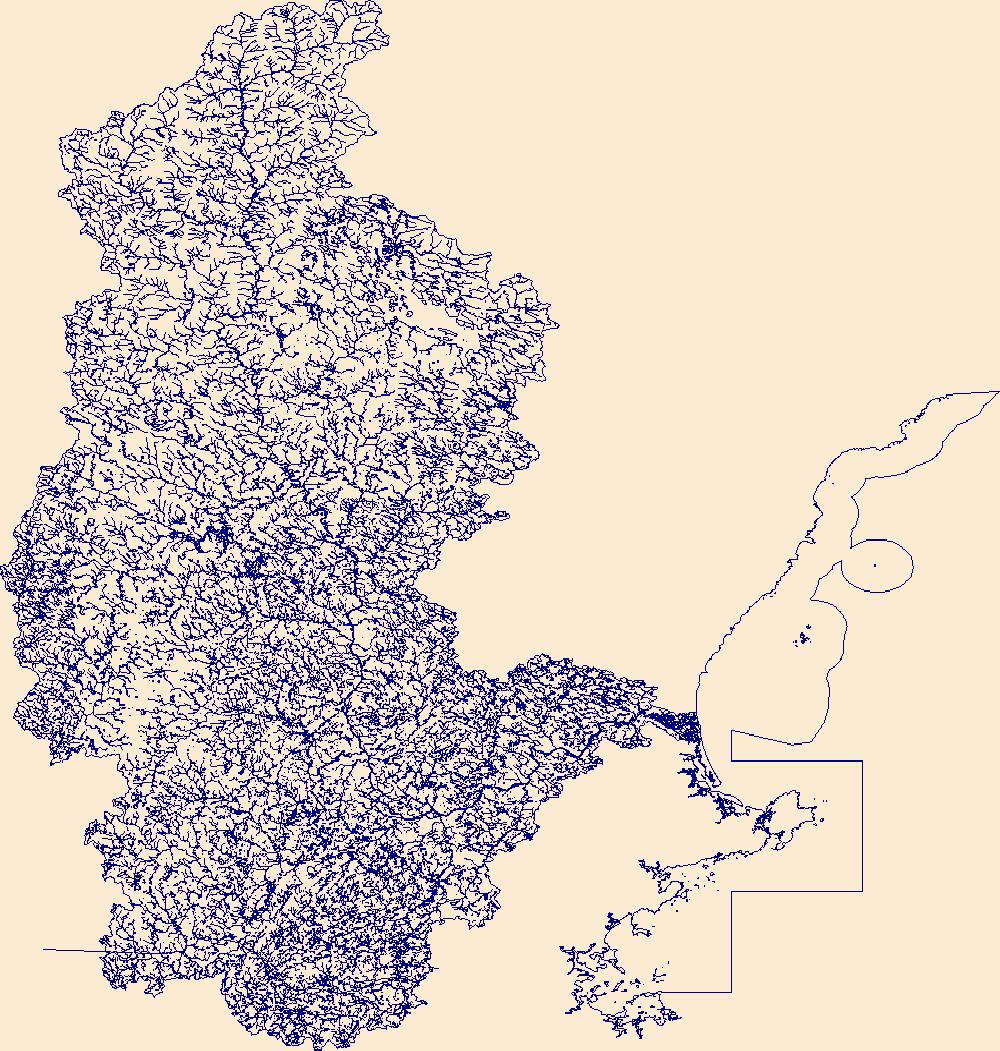
The High Resolution National Hydrography Dataset Plus (NHDPlus HR) is an integrated set of geospatial data layers, including the National Hydrography Dataset (NHD), National Watershed Boundary Dataset (WBD), and 3D Elevation Program Digital Elevation Model (3DEP DEM). The NHDPlus HR combines the NHD, 3DEP DEMs, and WBD to a data suite that includes the NHD stream network with linear referencing functionality, the WBD hydrologic units, elevation-derived catchment areas for each stream segment, "value added attributes" (VAAs), and other features that enhance hydrologic data analysis and routing.
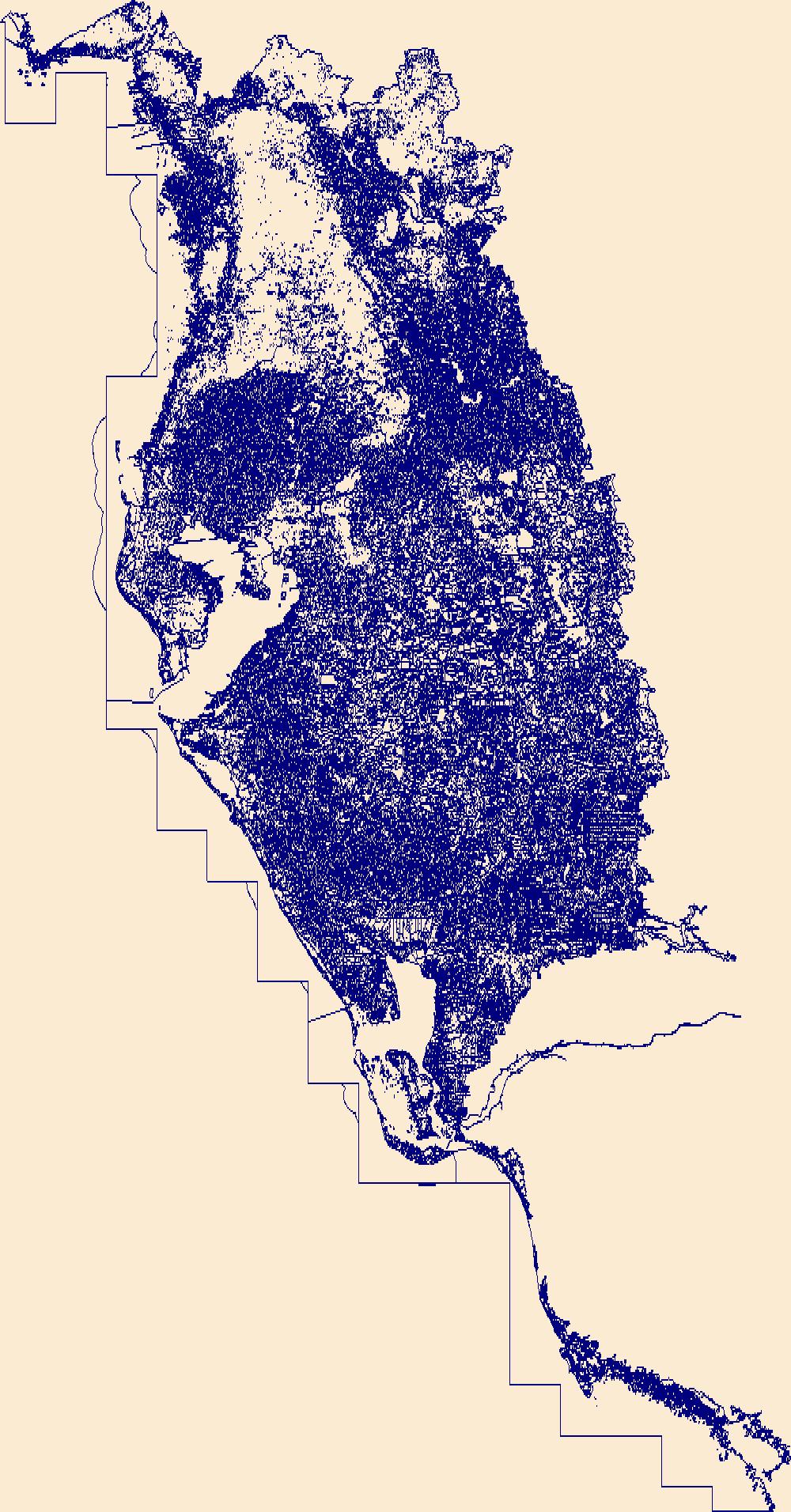
The High Resolution National Hydrography Dataset Plus (NHDPlus HR) is an integrated set of geospatial data layers, including the best available National Hydrography Dataset (NHD), the 10-meter 3D Elevation Program Digital Elevation Model (3DEP DEM), and the National Watershed Boundary Dataset (WBD). The NHDPlus HR combines the NHD, 3DEP DEMs, and WBD to create a stream network with linear referencing, feature naming, "value added attributes" (VAAs), elevation-derived catchments, and other features for hydrologic data analysis. The stream network with linear referencing is a system of data relationships applied to hydrographic systems so that one stream reach "flows" into another and "events" can be tied to and traced...
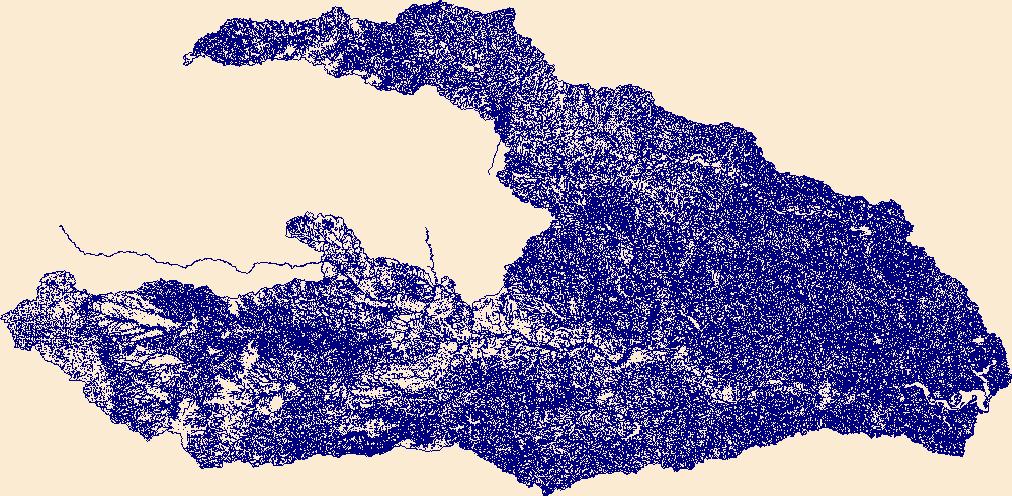
The High Resolution National Hydrography Dataset Plus (NHDPlus HR) is an integrated set of geospatial data layers, including the best available National Hydrography Dataset (NHD), the 10-meter 3D Elevation Program Digital Elevation Model (3DEP DEM), and the National Watershed Boundary Dataset (WBD). The NHDPlus HR combines the NHD, 3DEP DEMs, and WBD to create a stream network with linear referencing, feature naming, "value added attributes" (VAAs), elevation-derived catchments, and other features for hydrologic data analysis. The stream network with linear referencing is a system of data relationships applied to hydrographic systems so that one stream reach "flows" into another and "events" can be tied to and traced...
|

|